
Background information
Van life with a dog: freedom or stress on four wheels?
by Darina Schweizer

What do you do when your beloved pet dies? One option is cremation at the animal crematorium in Seon. I went there for a visit.
I’m in the industrial zone in Aargau. Between the Mammut outlet and tyre assembly place is a flat-roofed building with a silver chimney towering into the sky. There’s no smoke to be seen. And yet, the furnaces inside have long been running at full speed. Pets from all over Switzerland are cremated here at temperatures of nearly 900 degrees.
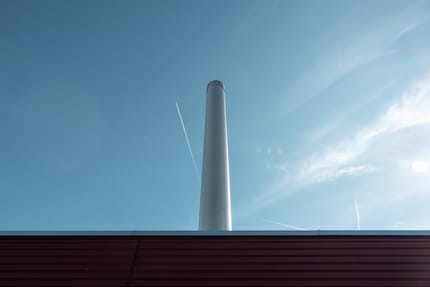
«There’s no way I’m throwing my pet in the trash!» According to Esther Sager, the head of customer service at Seon Pet Crematorium, this is the most common reason for people making their way over. When a pet dies, it usually ends up in a public disposal facility. There, the bodies are broken down into proteins and fats. The former can then be used as fuel in cement production, while the latter can be processed into biodiesel.
If that doesn’t sound right to you, you have three other options. You can bury your pet on your own property (for pets weighing up to ten kilos), in a pet cemetery or have it cremated. «We get as many as 16 people bringing in their pets daily. But we do still pick up the majority from the vet,» Sager says. They’re packed in special, white cremation bags to prevent contamination by faeces or blood during transport.
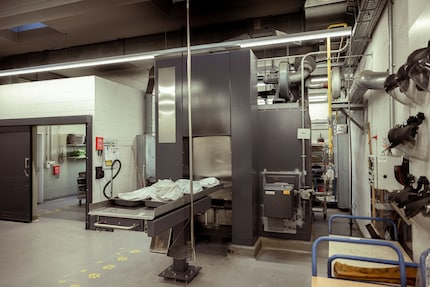
«Dogs and cats are the most commonly cremated pets, but the number of zoo animals such as turtles, hamsters and bearded dragons is increasing,» Sager says. Goats and sheep have also been cremated, though this requires extra permits from the canton. For epidemiological reasons, cloven hoof animals may not be transported without a permit. This is to prevent the spread of any contagious diseases. Sager isn’t put off by the extra effort. «I have three pigs of my own in my backyard, and I know I want to have them cremated here one day.»
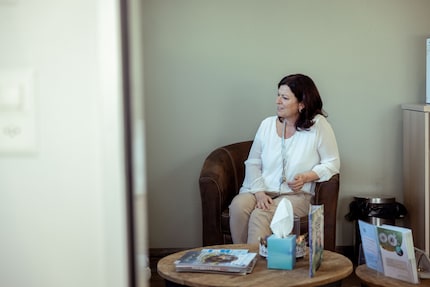
Cremation is about more than just incinerating animals in one of the three ovens. In one of the two small waiting rooms, all the details of cremation are discussed with the pet owner, an urn is selected and emotions are processed. The small size of the rooms isn’t due to a lack of space. «In grief, many people already feel lost, so we wouldn’t want to exacerbate that feeling by a large space,» Sager explains. These feng shui considerations run through the entire design of the building, beginning with the facade. Blue-painted wood is meant to convey a sense of security to customers. «Time and again, we’re told that we do things in a more dignified and loving way here than when a person dies.»
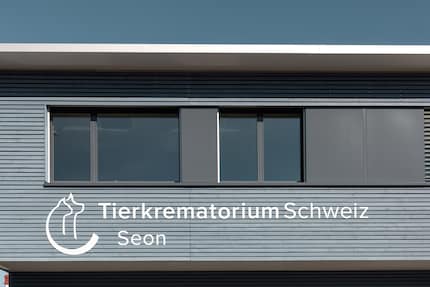
The urn choices are vast – there’s just about everything – from figurines of cats to simple metal vessels. So-called decorative urns, or bracelets into which a small portion of the ashes are poured, are becoming increasingly popular. «That way, your beloved pet is always with you,» Sager says. This is also the thought behind the clay paw print that’s created right away. Cremation hardly ever takes place on the same day; like this, the pet owners don’t have to leave the crematorium empty-handed.
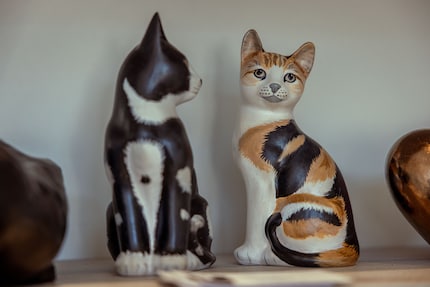
Until it’s time for cremation, the pet is kept in the refrigerator; in some cases in their favourite bed or covered with roses. This offers an emotional touch in the otherwise rather technical cremation area. Due to the strong ventilation, it’s also relatively loud. However, 99 per cent of customers don’t experience this, because they don’t attend the cremation, preferring instead to wait at home. It takes between one and four hours at just under 900 degrees for only the minerals, i.e. bones, to be left. They look quite akin to what you’d find in an archaeological excavation and wouldn’t fit in any urn. For this purpose, they’re grinded further.
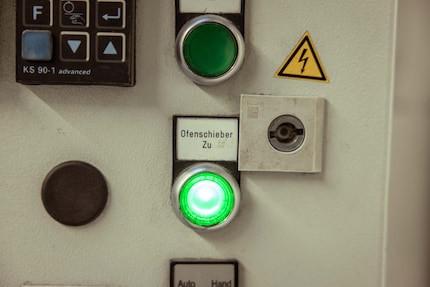
Depending on the animal’s health, dark pieces can also be found between the white bone pieces. These are prostheses, which must be removed before grinding. They’re kept for ten years. «Most people don’t want the artificial hip, but you never know if the desire won’t suddenly arise,» Sager says. According to her, what’s interesting above all is to see how veterinary medicine has evolved. Twenty-two years ago, when the trained nurse started here at the crematorium, hardly any prostheses were used. Today, on the other hand, they’re found in about one per cent of the animals.
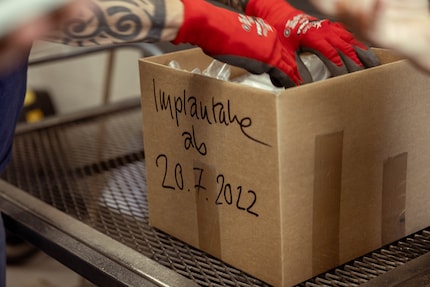
On the other hand, a round metal chip is each animal’s companion on this final journey. «It’s attached as soon as the pet arrives to assure the owner that they really do have their own pet’s ashes at home.» At least that’s the case in an individual cremation, which, for a cat, currently costs 200 francs including the urn. The war in Ukraine is also having an impact here. «The furnaces run on gas, and our costs have gone up massively. We can’t shoulder that alone right now, which is why we had to raise our prices. Hopefully, things will return to normal soon,» Sager says.
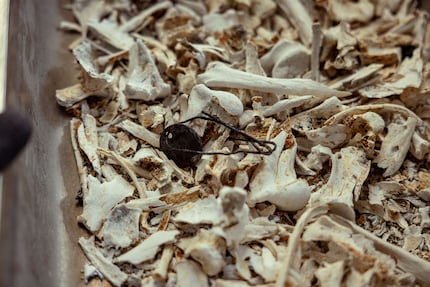
Customers can also choose a collective cremation – this is when several animals are cremated at the same time, anonymously. Their ashes are then placed in a communal grave behind the building, which can be visited around the clock without an appointment. The countless photos, small gravestones and lanterns on the stone wall behind the underground ash tanks point to this being a popular option. The wall reads «Every tear shed is a declaration of love», providing further words of comfort.
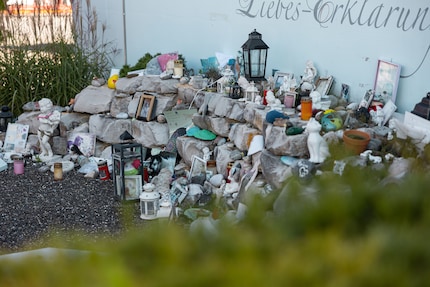
According to Sager, this is a statement she originally made during a counselling session over the phone. «The lady on the other end of the line apologised several times for crying. I replied with this sentence.» There’s no shortage of emotional moments like this for the staff at Seon Pet Crematorium. «There was an elderly couple here once. The conversations triggered thoughts in them about their own mortality and death.» The man then asked his wife, «Sweetie, what do you want when your time comes?» According to Sager, these are intimate moments that continue to touch people years later.
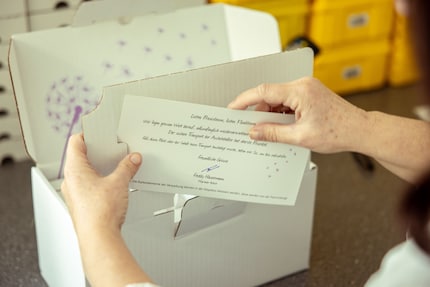
The words from the wall can also be found on brochures and tissue packs, the latter of which are included in each parcel. «We also ship urns. Our packaging is made to reflect the sensitive contents.» Boxes are folded, wrapping tissue draped over the inside, cards clamped into place and the printed tissues added. More than the crematorium’s slogan, it’s this sensitive way of working that makes it clear everyone here understands an owner’s love for their pet. That each individual person is taken care of.
And that right in the middle of Aargau’s sobering industrial zone, there’s plenty of room for emotion in these little rooms.
My life in a nutshell? On a quest to broaden my horizon. I love discovering and learning new skills and I see a chance to experience something new in everything – be it travelling, reading, cooking, movies or DIY.
Interesting facts about products, behind-the-scenes looks at manufacturers and deep-dives on interesting people.
Show all